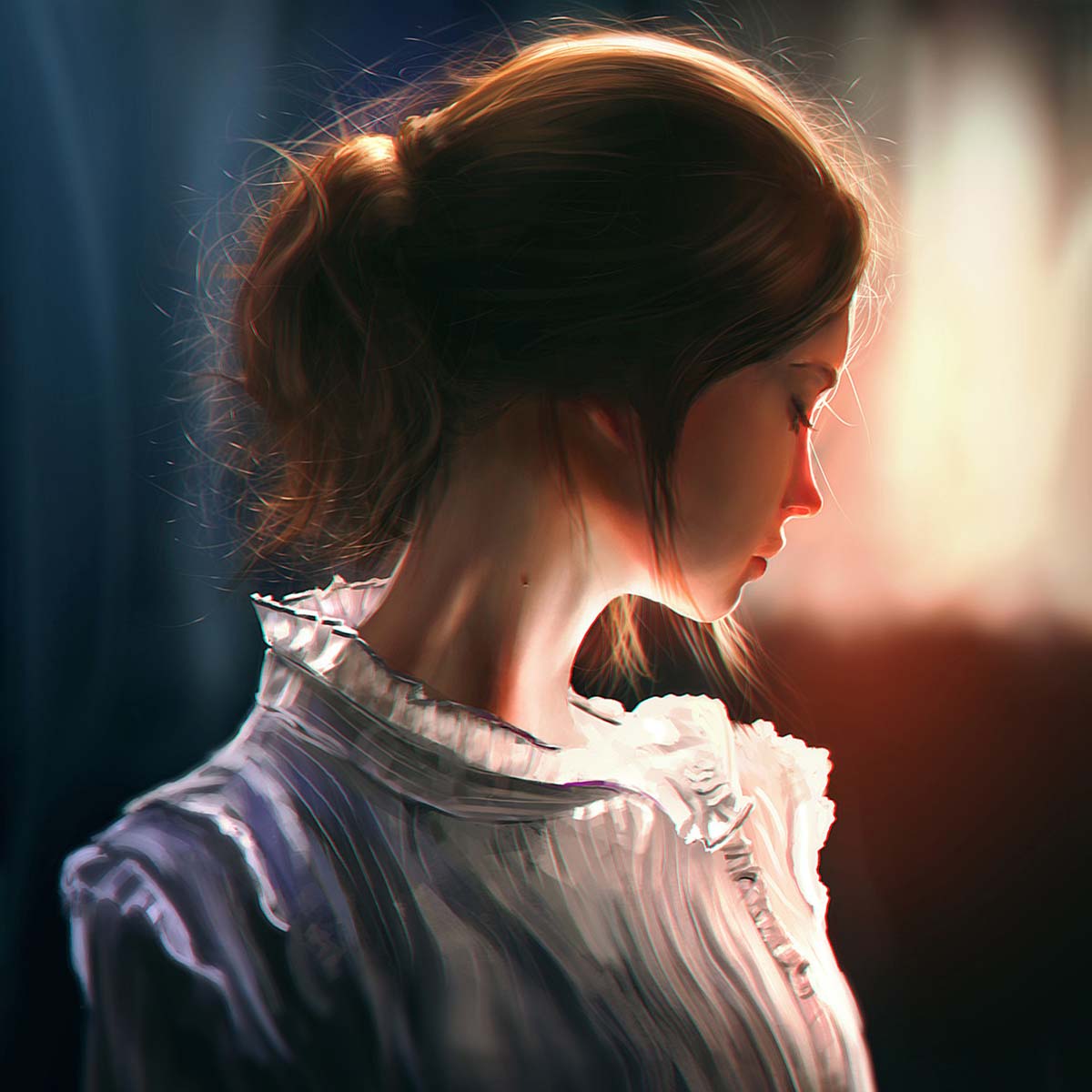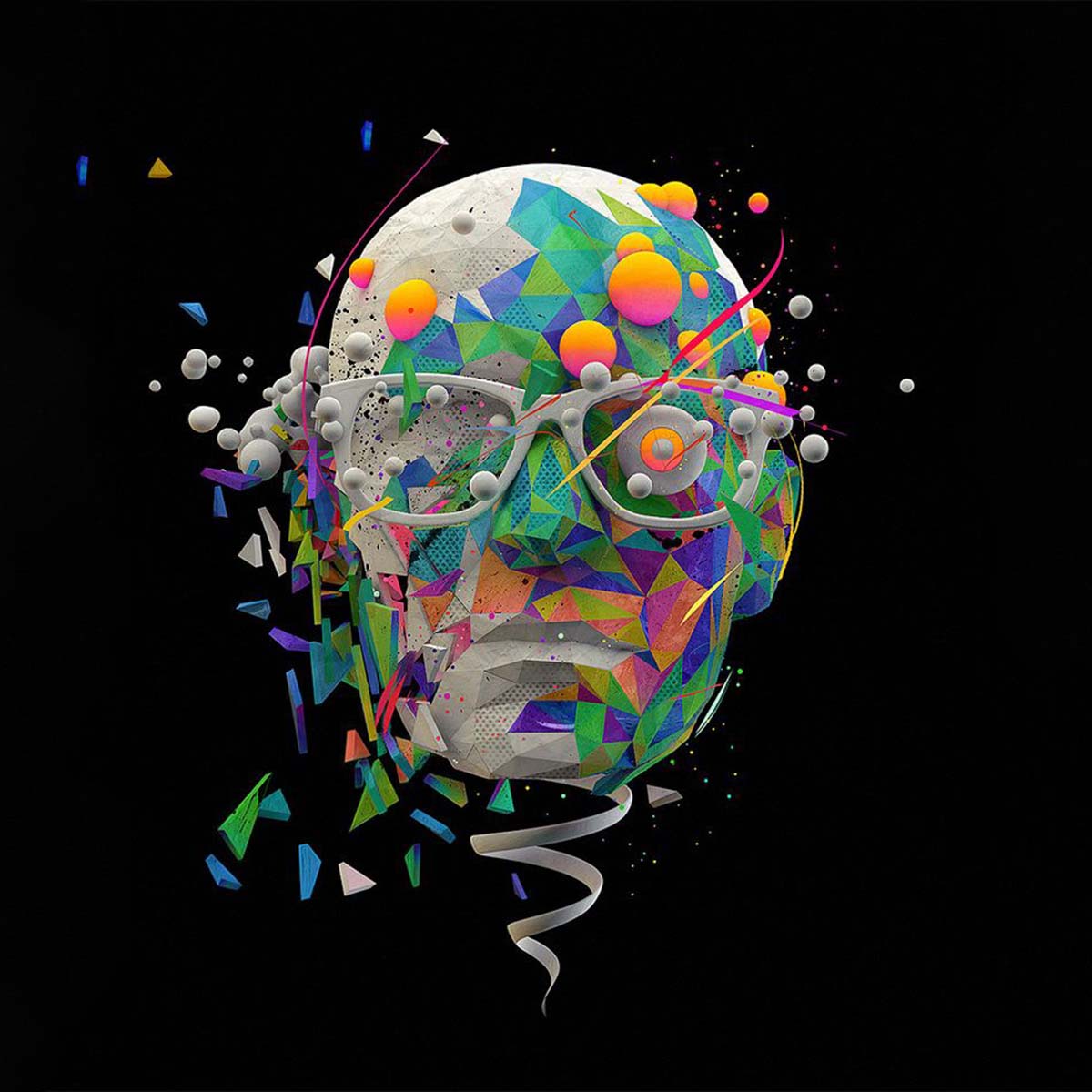Digital Art: An Infinite Realm of Creativity

Digital Art: An Infinite Realm of Creativity
Within this limitless domain, artists utilize computers, specialized software, and the internet as their canvas and brushes, giving birth to digital paintings, 3D sculptures, stunning animations, innovative graphic designs, and even interactive virtual spaces. These creations transport audiences on extraordinary journeys through realms of imagination and thought.
Digital art encompasses a wide spectrum of artistic disciplines, each with its unique aesthetic and visual language.



Branches of Digital Art
- Graphic Design: This involves creating visual concepts using computer software such as Photoshop, Illustrator, and InDesign. Examples include posters, advertisements, logos, and user interfaces.
- Digital Painting: In this discipline, artists employ specialized digital painting software like Procreate and Corel Painter to create artwork that mimics traditional paintings using oil, watercolor, or pencil.
- 3D Modeling: Using software like Maya and Blender, artists craft three-dimensional sculptures that can be printed in the real world or displayed in virtual environments.
- Audiovisual Arts: This branch encompasses artworks that combine sound and visual elements. Animations, music videos, and video games are prime examples.
- Interactive Art: Here, artists create works that engage the viewer, providing an interactive experience. Online games, interactive installations, and virtual reality experiences are part of this category.
Digital art is not merely an emerging art form but also finds applications in various fields such as education, medicine, architecture, and engineering. For instance, 3D simulations are employed to teach complex scientific concepts, while 3D modeling is utilized to design buildings and bridges.
The rapid advancement of technology and increased accessibility to digital tools promise groundbreaking and exciting developments in the realm of digital art. Undoubtedly, this art form will play an even more significant role in human life in the coming years, blurring the lines between the physical and digital worlds.
Digital art is not confined to creating virtual images and objects but extends to a broader range of artistic disciplines like music, film, and theater. By providing new tools and platforms, this art form empowers artists to express their ideas and creativity in innovative and unique ways.
Digital art is transforming traditional concepts of aesthetics and creating unparalleled artistic experiences for audiences. Despite being relatively new, it has already found widespread applications in fields like education, medicine, architecture, and engineering.
The Future of Digital Art: With ongoing advancements in technologies like artificial intelligence, virtual reality, and augmented reality, we can anticipate remarkable transformations in the world of digital art. These developments will pave the way for the creation of more sophisticated, interactive, and immersive artworks, further blurring the lines between the physical and digital realms.

